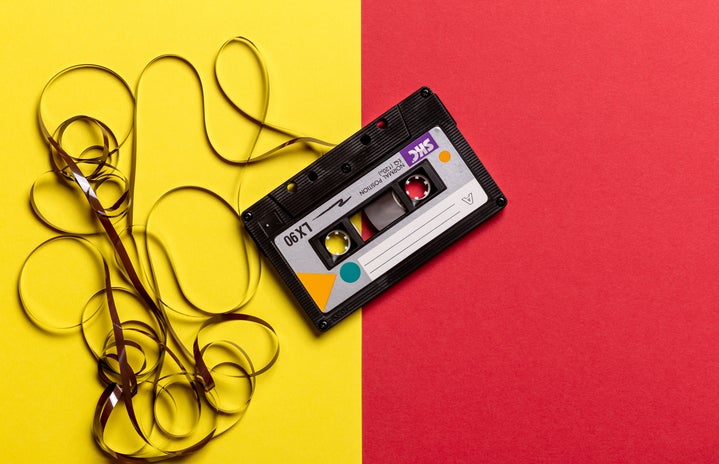The fascination for the 80’s is back and more alive than ever. With popular TV shows set in the 80’s, such as Stranger Things, GLOW and Pose, as well as bold fashion and makeup trends making a comeback, it’s no surprise that the so-called decade of excess has found its way back into the hearts of young people everywhere; more specifically, through music. Artists like Dua Lipa, the Weeknd and BTS embrace the decade in many of their recent chart-topping hits. Curiously enough, neither of these artists nor their younger audiences (yours truly included), were around in the 80’s. This brings me to my next point: why, and more importantly, how, are we revisiting the decade’s sound?
To understand its evolution, let’s take a brief look at 80s musical innovations, specifically in rock music. The decade introduced the first digital synthesizers, such as the Yamaha DX7 and the Roland Jupiter-8, which were more accessible than some of their older, analog counterparts. Around the same time, New Wave emerged as a subset of rock music, with classic staples such as Everybody Wants to Rule the World by Tears for Fears, Blue Monday by New Order and Tainted Love, by Soft Cell. Soon after, artists, ranging from Blondie to The Police, were integrating synths and drum machines into their sounds, exposing the genre to a wider audience.
Flash forward to today, existing technology allows producers and artists of all levels to design sounds and emulate vintage synths, using software as an alternative to more expensive, analog gear. As a result, we can hear these influences in almost any genre. For example, Blinding Lights by The Weeknd is a perfect fusion of synthwave and R&B without losing its pop quality. In trap, songs such as Bad Bunny feat. Yaviah’s Bichiyal include deep bass synths and lush textures, evoking a Blade Runner-esque late night drive with a twist. The same happens in indie-pop and alternative music: Japanese Breakfast’s 2021 single Be Sweet features soft synth melodies and danceable rhythms, while Los Wálters’ rendition of Antifaz sets an ambiance of neon lights and 80’s nightlife.
Instrumentation aside, let’s talk about melodies. For example, both Doja Cat’s Kiss Me More as well as Miley Cyrus and Dua Lipa’s Prisoner reference the catchy hook of an iconic 80’s classic: Olivia Newton-John’s Physical. Listened to Lizzo and Cardi B’s new song Rumors yet? If it sounds familiar, it may be because it has an instrumental chorus featuring trumpets and deep basslines, just like (drumroll, please) Ray Parker Jr.’s Ghostbusters theme.
More than thirty years later, the 80’s have not just resurfaced, but also merged with newer genres and subgenres, exploring infinite possibilities along the way. While it’s pretty hard, if not near impossible, to categorize the 80’s sound as a single thing, we can appreciate its impact in the music we enjoy today. So, the next time you hear a new banger playing, keep in mind the 80’s were probably behind it.


